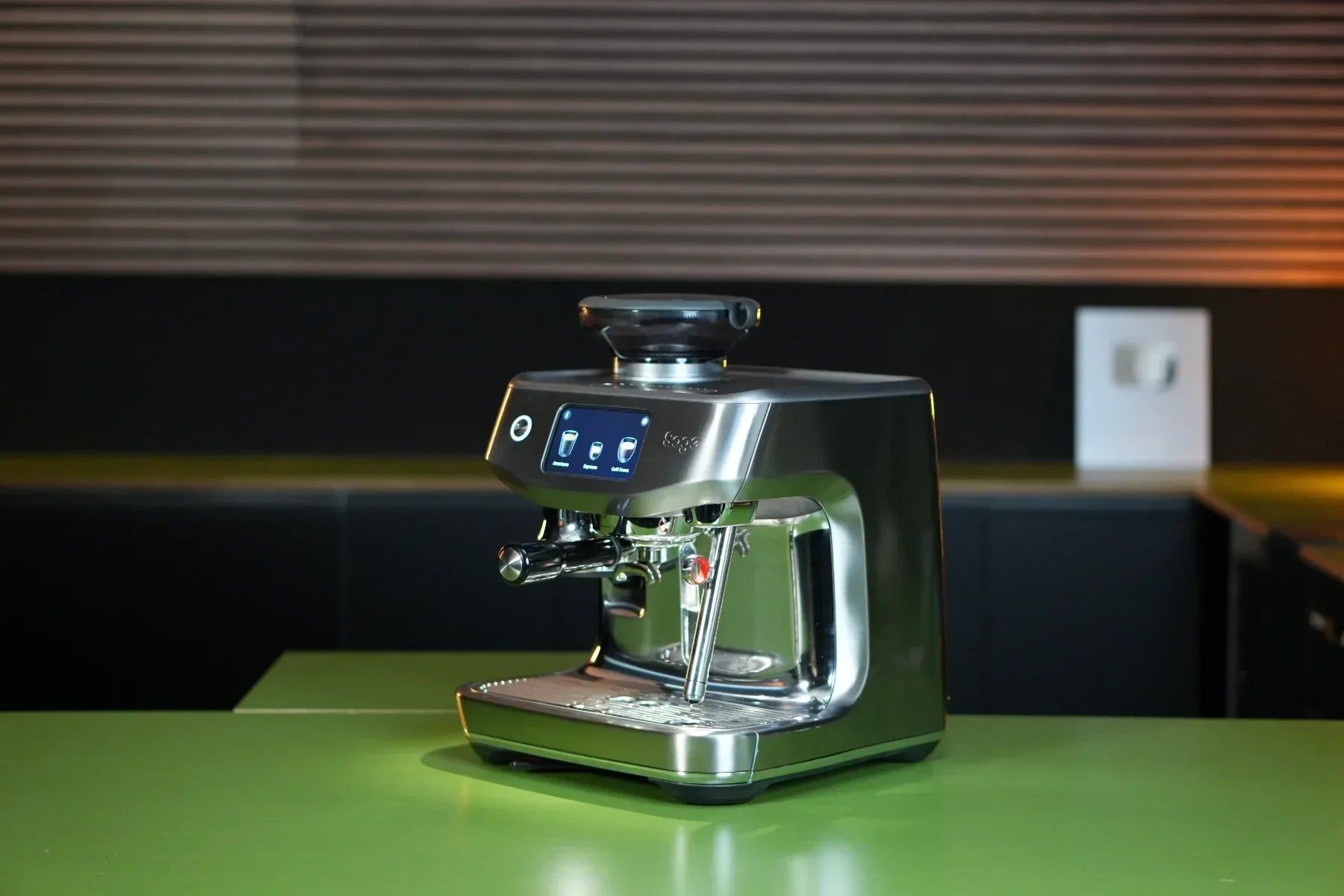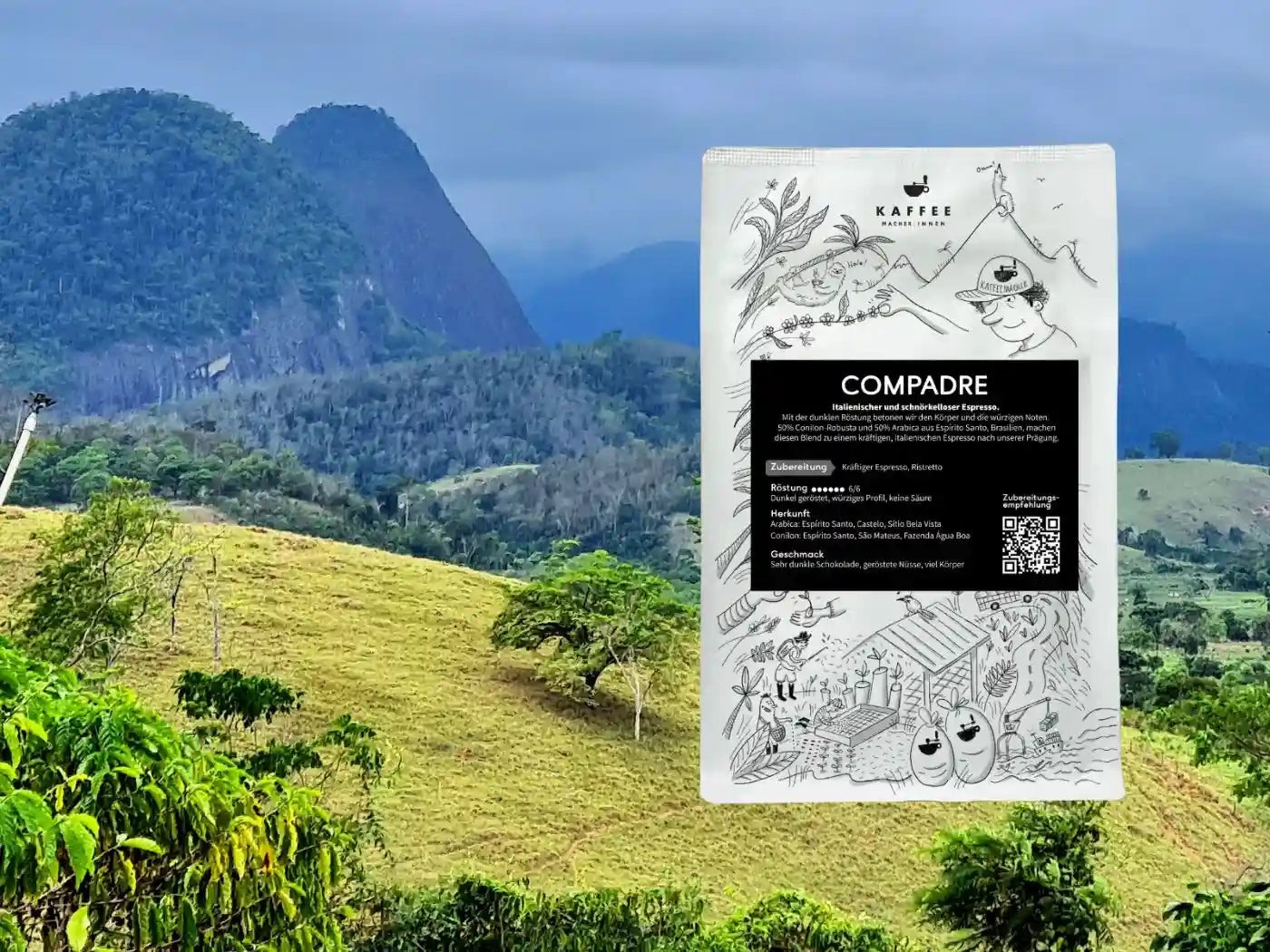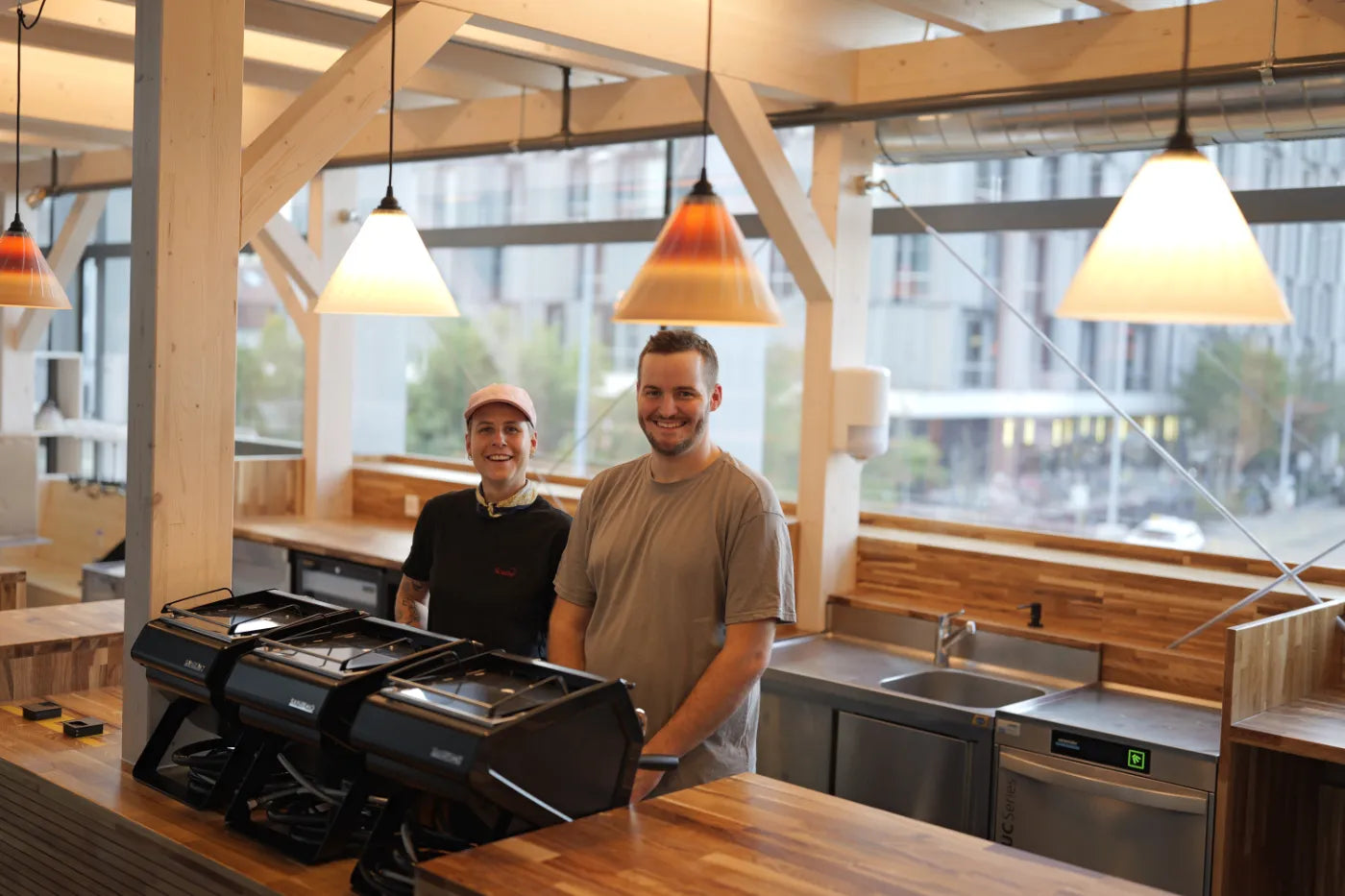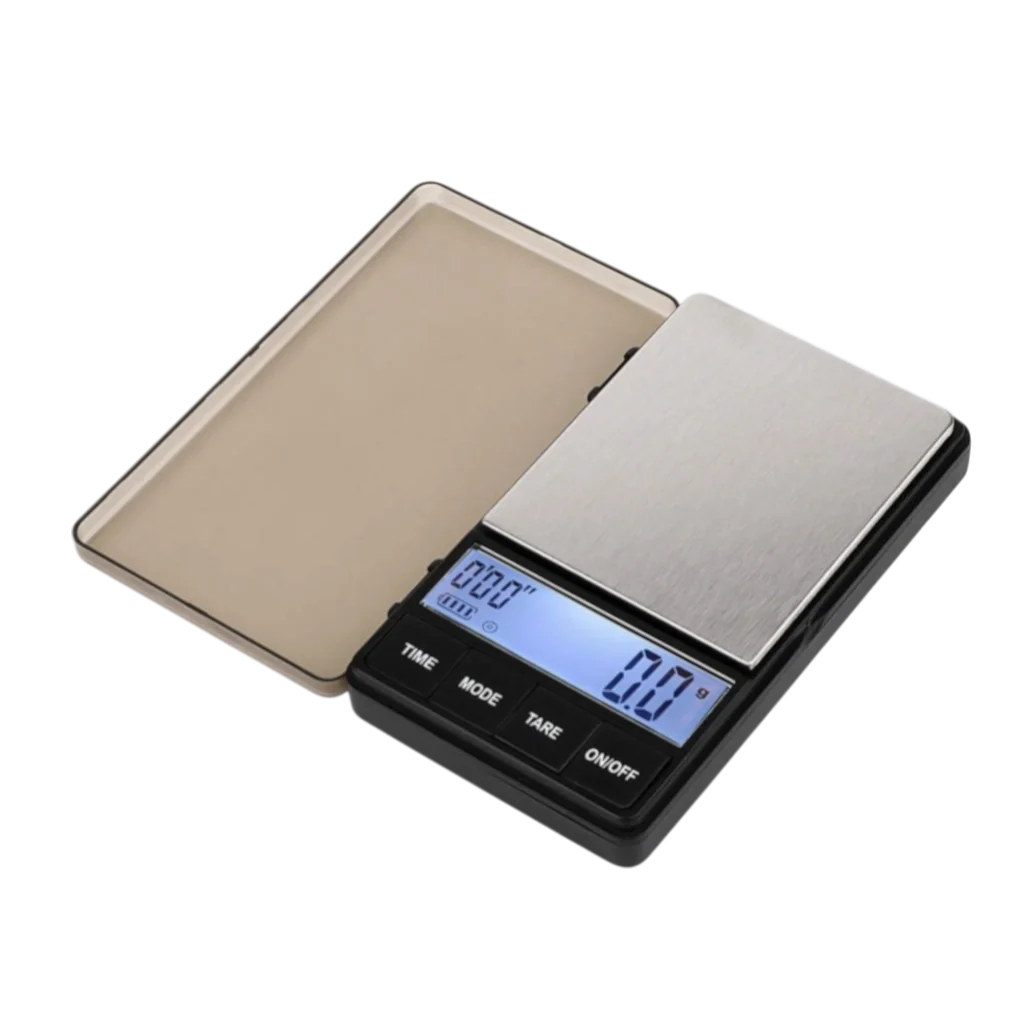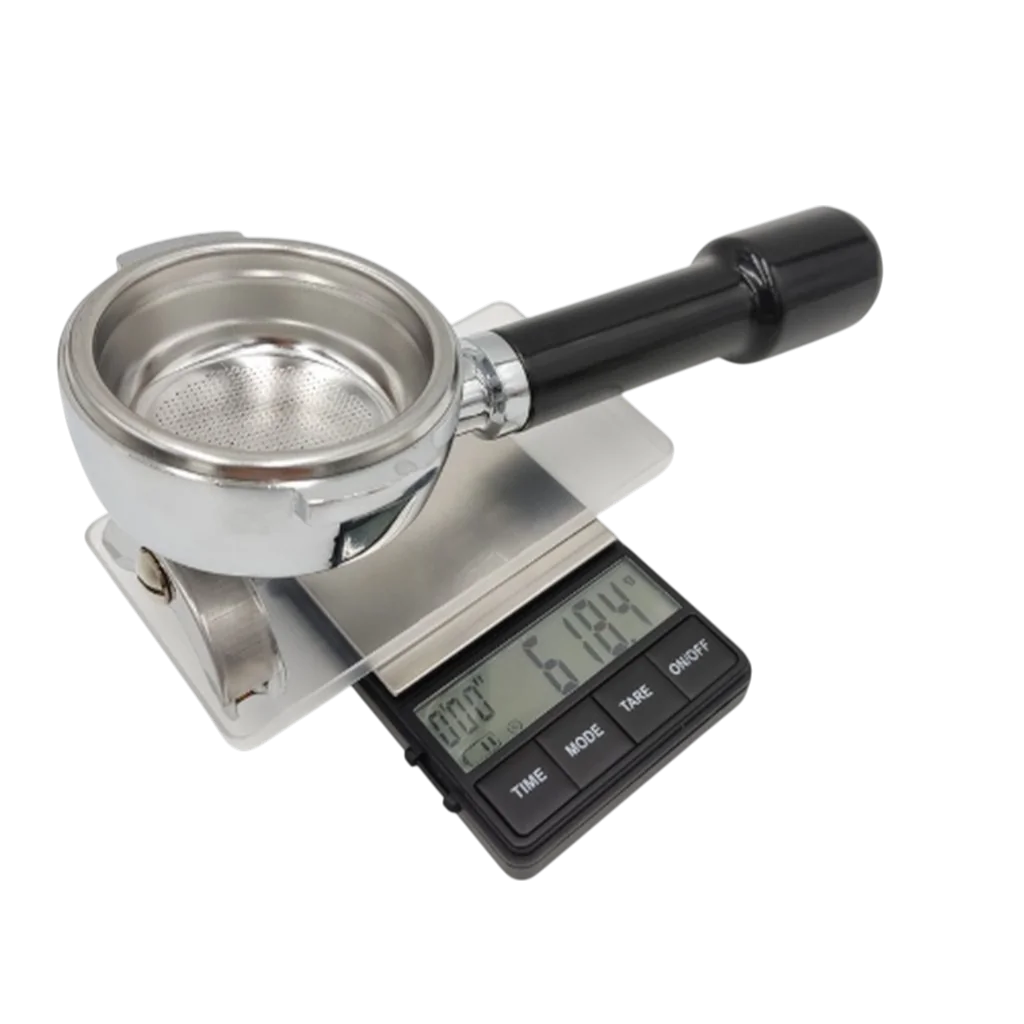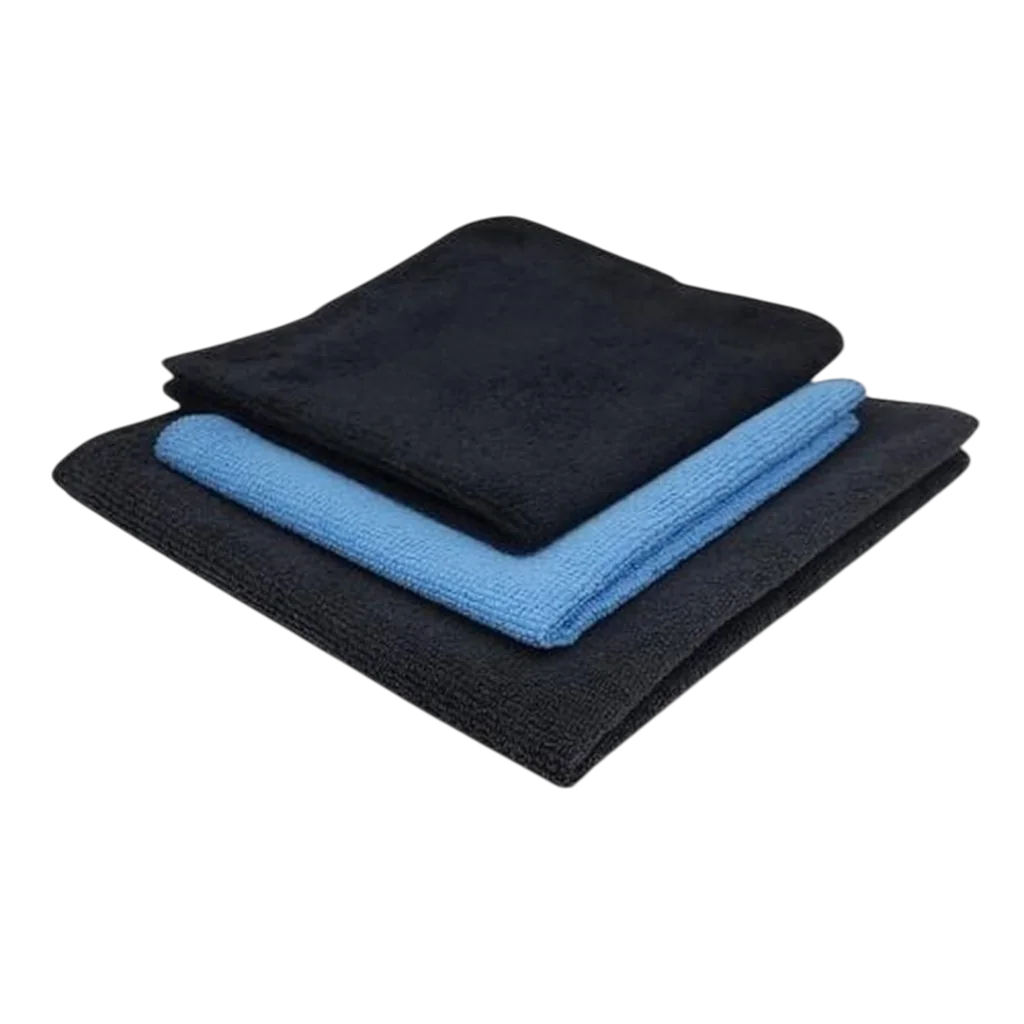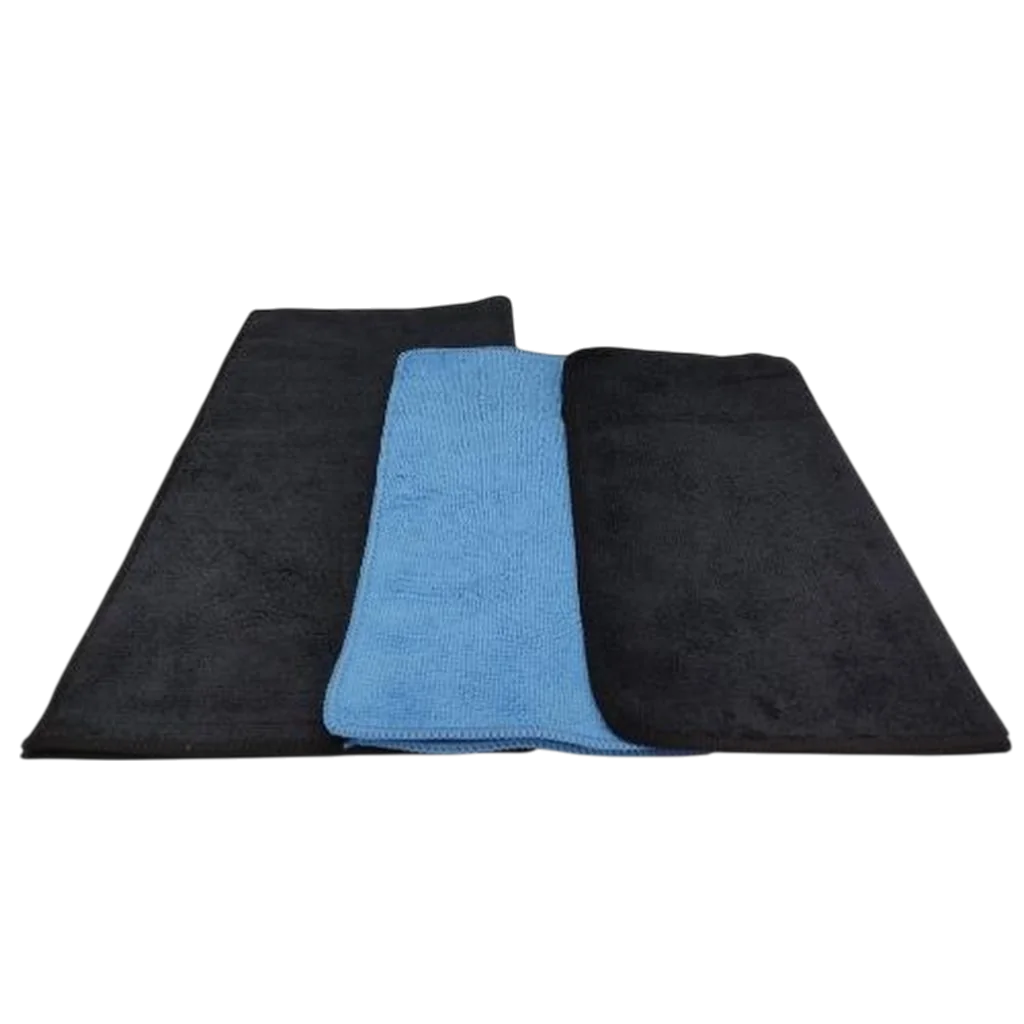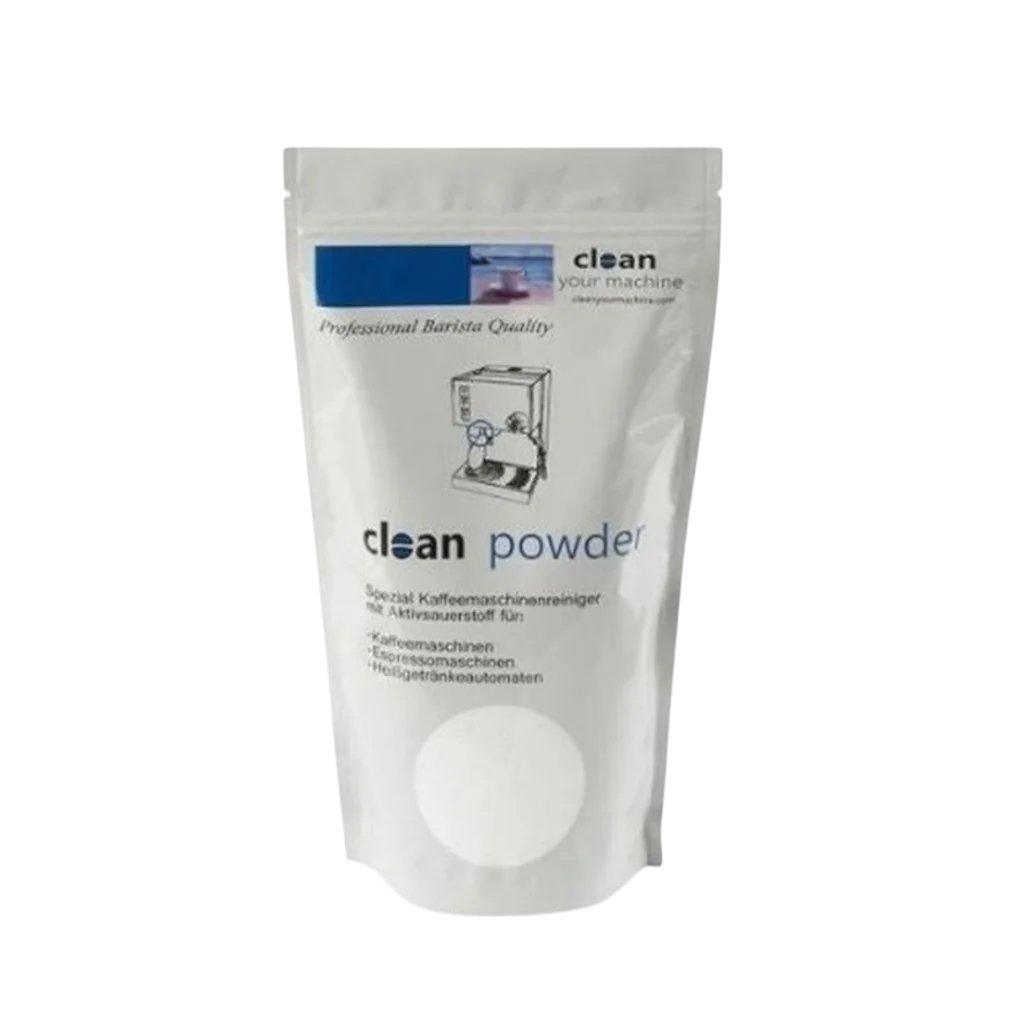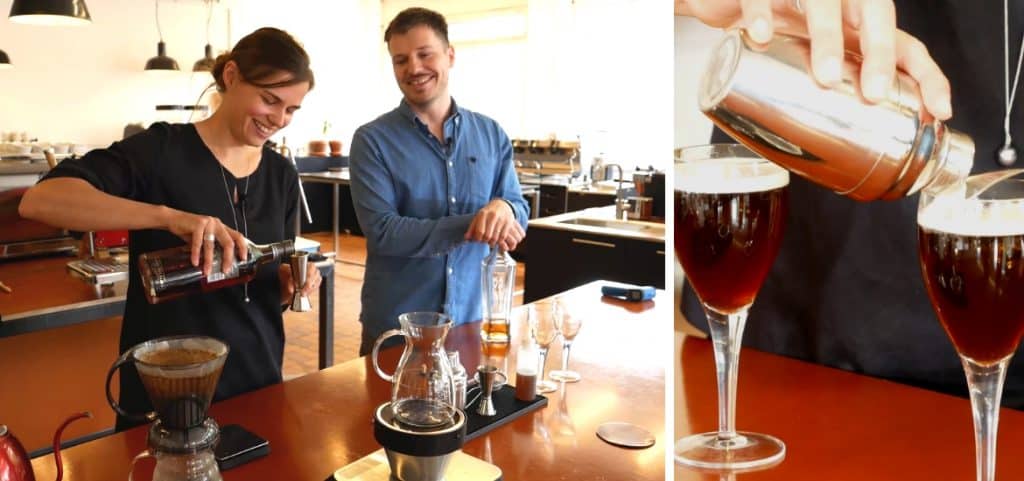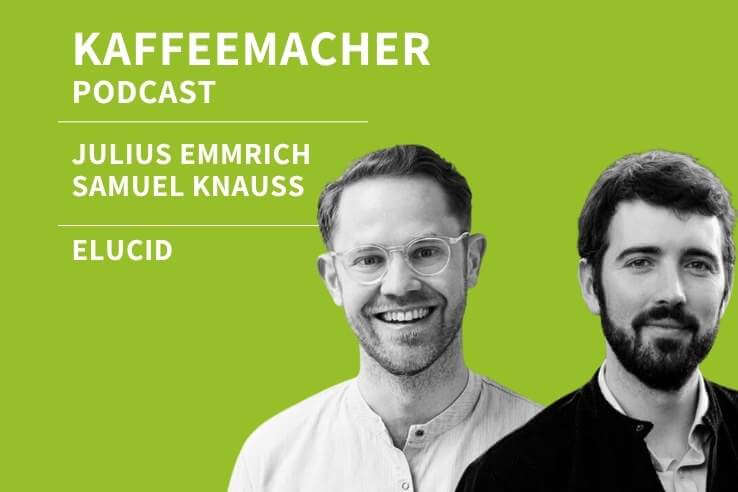Just as there is no such thing as one type of coffee or whiskey, there are many different Irish coffees. It's all about balance and the right ingredients. Theresa Prüssen, Victoria Arthofer, and Nicole Battefeld share their recipes here. What they have in common is that they are national champions in Germany, Austria, and Switzerland .
On a foggy February day in Oslo in 2015, I learned that Irish coffee is arguably the most difficult and yet most comforting coffee drink. I was judging the "Coffee in Good Spirits" competition, the barista discipline in which coffee is mixed with alcohol to create innovative and delicious cocktails. The competition consists of several parts, one of which is the Irish coffee.
Well, you might think, Irish coffee is actually just coffee, cream, sugar, and whiskey – each one is delicious on its own, so all the ingredients together are probably even more delicious. Well – until that day in February 2015, I thought the same thing.
One participant brewed a Gesha filter coffee from Panama for her Irish coffee base. The coffee was dry-processed and tasted intensely of papaya and jasmine. She used palm syrup for sweetening, mixed it with a smoky whiskey from Japan, and topped the drink with slightly soured cream. I was stunned. Until then, I hadn't realized that this drink, which seems visually unappealing compared to other cocktails, could be so complex and surprising.
What is Irish Coffee?
Irish coffee consists of just four ingredients: coffee as a base, mixed with whiskey, sweetened to taste, and topped with whipped cream. Hardly any other mixed drink can offer such a variety of flavors.
It sounds like all Irish coffees taste similar because they're always made from the same ingredients. But the interesting thing about this drink is that each individual component can be chosen so precisely that it achieves the perfect balance and evokes new flavors.

The glass
According to legend, classic Irish coffee recipes are based on a 6-ounce glass, or approximately 180 ml. In the Coffee in Good Spirits competition mentioned above, glasses with a 240 ml capacity are used.
Which size you prefer probably depends on your thirst and the outside temperature. The glass is a classic goblet. This allows the glass to be heated while rotating the base. An Irish coffee only looks good if the glass is filled to the brim, and that requires a lot of coffee.
The coffee type: filter coffee
The drink impresses with its balance—and I'll come back to this a few times. We also need to ensure balance with the coffee itself. Just because coffee is one of several ingredients doesn't mean we should use just any old coffee. We also recommend avoiding espresso. Espresso or lungos are generally too strong and would dominate the drink, throwing it off balance.
Filter-brewed coffees prove to be a perfect addition here. Filter coffee brings out the fullness of the drink and conveys finer, more complex notes into the overall composition. Espresso or similarly intense drinks aren't as delicate and would mask the more delicate notes in the whiskey. However, filter coffee should be brewed a little stronger—in other words, overdosed—than usual. It will be significantly diluted afterward. We recommend at least 7g of coffee per 100ml of water, instead of the usual 6g per 100ml.
The coffee taste: try it out
During my awakening experience in Oslo, the participant brewed a very distinctive filter coffee, which she then used in her Irish coffee. A complex coffee alone doesn't make an Irish coffee better if the other ingredients aren't chosen with equal precision.
We've found that well-developed filter coffees are ideal as a base. The very light coffees tend to be somewhat overshadowed in terms of flavor. "Well-developed" in our filter coffee terminology means that we would roast them 10 seconds longer than other filter coffees.
Characteristic coffees that are very floral or fruity can be just as enjoyable as more nutty, chocolatey coffees. Here, too, it's important to find the balance with the other ingredients. A peaty whiskey, for example, doesn't harmonize well with a very fruity Kenyan filter coffee. Younger whiskies with lighter tones, on the other hand, pair very well with more floral coffees.
There's certainly no rule as to how coffee pairs with whiskey. Experimentation is the key. It's also recommended to identify a filter coffee and then find the perfect whiskey to go with it. A rather exciting task, one best accomplished over a weekend.
Theresa Prüssen emphasizes several times that she finds acid-focused coffees less suitable, as the alcohol accentuates the acidity even more. Theresa works with sweet, balanced filter coffees.
The sweetener
If the word "sweet" automatically brings to mind sugar, you're invited to try something different. The sweetness component helps balance the drink and somewhat mitigates the whiskey's high alcohol content.
Syrups not only sweeten the drink but also give it a softer texture. From simple sugar syrup to date or palm syrup, there are various methods for combining sweetness with texture.
Muscovado sugar, stevia, molasses, honey—anything sweet serves its purpose and invites you to try it. But it shouldn't be too sweet either—balance is essential . And the drink is already quite substantial, so it doesn't need that much sugar.
The whiskey
Just like coffee, whiskey also offers a multitude of different interpretations and flavors. Once you start browsing through the various whisky blogs, you'll quickly realize that the world of whisky is just as diverse as the world of coffee.
Whisky connoisseurs differentiate between woody, malty, floral, fruity, peaty, tart, grainy, grassy, fruity, earthy, and winey taste profiles www.maltwhisky.de .
Before you dive right into the tasting, it's definitely worth familiarizing yourself with the basics of whisky. It's best to choose four completely different whiskeys: Fruity, Peaty, Grainy, and X, and then try pairing them with a coffee. This will give you a basic idea of what goes well together. Then it's time to get into the details, which are no less fun but require a bit of physical stamina.
The cream
The cream, as the crowning touch of the drink, is also the first impression when drinking it. Not only the temperature is crucial here, which we'll discuss shortly, but also the creaminess and, of course, the taste.
Fresh cream tastes different than long-life UHT and ESL creams. Even a hint of aging-related flavors, which make the cream a bit rancid, cardboardy, or too buttery, can be off-putting.
Here, too, it's worth trying out different types and brands of cream, shaking them up, and simply tasting them. Yes, no one said the path to the perfect Irish coffee was a walk in the park. It's definitely a bit of a challenge.
Nicole Battefeld uses coconut cream for the topping instead of dairy cream – definitely give it a try.
The temperature
The most exciting element of Irish coffee for me is the temperature contrast. When our lips touch the glass, we first feel the cool cream. The flatter we hold the glass, the more of the warm-hot whiskey-coffee mixture sloshes out from under the cream.
The greater the temperature discrepancy, the greater the surprise effect. But be careful: the cream shouldn't be so cold that your teeth start to hurt, nor should the coffee be so hot that you burn your tongue. The goal here is to get as close to the extremes as possible. The best way to measure this is with a simple digital thermometer.
The mixing ratio
Unfortunately, just because all the ingredients are right doesn't mean the final product will be delicious. My favorite cake, a Swedish buttermilk cake, is only truly delicious if the ratios are right. Although the individual ingredients are all delicious, that doesn't mean they have to harmonize.
To find the right ratio, brew a large cup of filter coffee and pour 50g of it into each espresso cup. You would then add 5g of whiskey to the first cup, 10g to the second, and so on. This will help you understand the right ratio for you, how much coffee flavor and how much alcohol you want. Since you're working with ratios here, you can easily scale them for larger quantities.
The balance
Once you've gathered your best ingredients, the most exciting phase really begins. A little more of this, a little less of that, a little hotter, a little cooler—finding the right balance is great fun.
It's worth thinking of the drink as an alcoholic cocktail rather than a coffee cocktail. Bartenders always strive for the best possible balance. The coffee doesn't have to be the main focus, nor does the whiskey. Ideally, the two products complement each other and create a synergy , evoking new flavors we hadn't even considered before.
The legend of the invention of Irish Coffee
It's impossible to say exactly where Irish coffee got its name. However, most anecdotes center around a bartender named Joe Sheridan trying to cheer up a group of stranded airline passengers in Ireland in 1942. Apparently, he mixed coffee with whiskey because everyone was freezing. A customer supposedly asked Sheridan if it was Brazilian coffee. The bartender supposedly replied, "No, it's Irish coffee."
The coffee may have provided some warmth to the stranded passengers, and it still does today. However, the refinement of the recipe is not complete; it continues to evolve along with the development of the products.
Recipes from master baristas
Three Coffee in Good Spirits champions share their recipes for the perfect Irish coffee. Theresa Prüssen became the 2016 Swiss champion, and Nicole Battefeld from Germany finished a fantastic fifth at the 2019 World Championships. Victoria Arthofer from Austria is a two-time Austrian champion.
Theresa Prüssen
In conversation with Theresa (see video above), it became clear that for her, Irish Coffee is a sophisticated cocktail and has nothing to do with Kafi Schnapps or Kafi Lutz , which are actually only about the alcohol.
Irish coffee is a playground for Theresa, as she can always try out new ingredients.
Theresa's recipe
- Brewing filter coffee with the Clever Dripper: 7g per 100ml of water
- 400ml total amount of coffee
- Heat 8cl whisky with 2cl sugar syrup (combination of honey, sugar syrup, cinnamon and orange peel) to 80°
- Pour coffee and whiskey into a glass
- Shake 80ml of cold cream and gently pour it onto the surface using a spoon
Nicole Battefeld
Nicole Battefeld achieved fifth place at the 2019 Coffee in Good Spirits World Championships. Such an achievement is no coincidence—she describes her journey there in exciting detail in her blog .

Nicole's recipe is really interesting because she uses coconut cream instead of cow's cream. I can only imagine (so far) what it tastes like, but it certainly sounds delicious.
Nicole's recipe
- 55g coffee (Jasper 1211 CM from Ethiopia)
- 400ml water at 93°, prepared in the Moccamaster
- 15g dark honey and 15ml simple sugar syrup
- 30ml Hedonism Whisky
- Topped with cold coconut cream instead of cow's milk cream
Victoria Arthofer
Victoria Arthofer is the Austrian Coffee in Good Spirits Master and runs the café-bar "Das kleine Schwarze" in Steyr. She also shared her favorite recipe with us and wrote her personal thoughts on Irish coffee.

Why Irish Coffee?
"Irish coffee simply reminds me of my alchemy days in Salzburg ("where it all began") – and I simply enjoy making it so much – because an Irish coffee also looks amazing when it's finished. The best part is the first sips through the cold cream, into the warm, sweet coffee-alcohol mixture."
Victoria's recipe
- Aeropress inverted
- 26 g – medium-fine /EK46 level 6 ground
- 165 ml water (depending on the coffee, adjust the temperature, 90-92)
- Approx. 1 minute brewing time
- 2 small teaspoons of sugar (raw cane sugar or pure white sugar)
- 3.5-4 cl whiskey
Preheat glasses and whiskey (water and water bath)
Whipped cream (always depends on what's available locally; fat is good, good quality!! – shake until smooth, optionally through a small sieve, but I don't really do that in my everyday coffee shop routine)
- Coffee:
- I like to use fruity/sweet naturals – I once had a sample of Süssmund, Panama Anaerobic, which was pretty, pretty cool!
- They also have a better chance to “shine” through alcohol and sugar, I think
The Irish Coffee can be “strong”, but I don’t like the “too sharp whiskeys” so much, I prefer the “round-sweet” side.
- But the classic Jameson (Black Barrel) works great (also for our everyday coffee shop use)
- If you want something special: Bruichladdich, Organic
The opinion of the World Championship judge: Nina Rimpl
Nina Rimpl is the National Coordinator of the SCA Switzerland and has been a sensory judge at international coffee competitions for several years. She particularly enjoys the Coffee in Good Spirits competition , where Irish coffee is one of the drinks served.

Nina says clearly about Irish Coffee:
an underrated drink, unfortunately prepared terribly almost everywhere.
Nina Rimpl, Sensory Judge
Nina continues: "Irish coffee is fantastic at the right times. Autumn/winter, late afternoon, after a long walk, something between a drink/coffee/warm-up/dessert. Irish coffee consists of just a few ingredients, the most important thing being the balance, or rather the ratio of the ingredients. It's not about the creativity of the ingredients."
And further:
A classic coffee cocktail that pairs well with specialty coffee, as the characteristics of the single origins can be wonderfully combined with the other ingredients.
Nina Rimpl, SCA Coordinator Switzerland
But how does Nina actually judge an Irish coffee?
"First, and very important, is the temperature difference between the cold cream and the very warm rest of the drink. When you raise the glass, your lip touches the cream, the cream slowly makes its way into your mouth, and suddenly, at a certain angle, the glass penetrates the quite warm liquid with a completely different viscosity, and the alcohol burns slightly in your mouth. Not too sweet; the alcohol must be recognizable, as must the character of the coffee for me. A "normal" filter recipe is rarely suitable; the drink takes on a watery character; the coffee needs to be quite intense/dense to develop its character."

Secondly, for Nina, the combination of ingredients is crucial:
"I was privileged to judge the Coffee in Good Spirits World Cup finals twice and drank some incredibly great Irish coffees there. Complex, round, multifaceted, and indulgent. It's a shame that as a judge, you only get two sips on stage. I remember Dan Fellows' IC, which was advertised as a sticky toffee pudding and reminded me exactly of that feeling of Christmas and spices."
